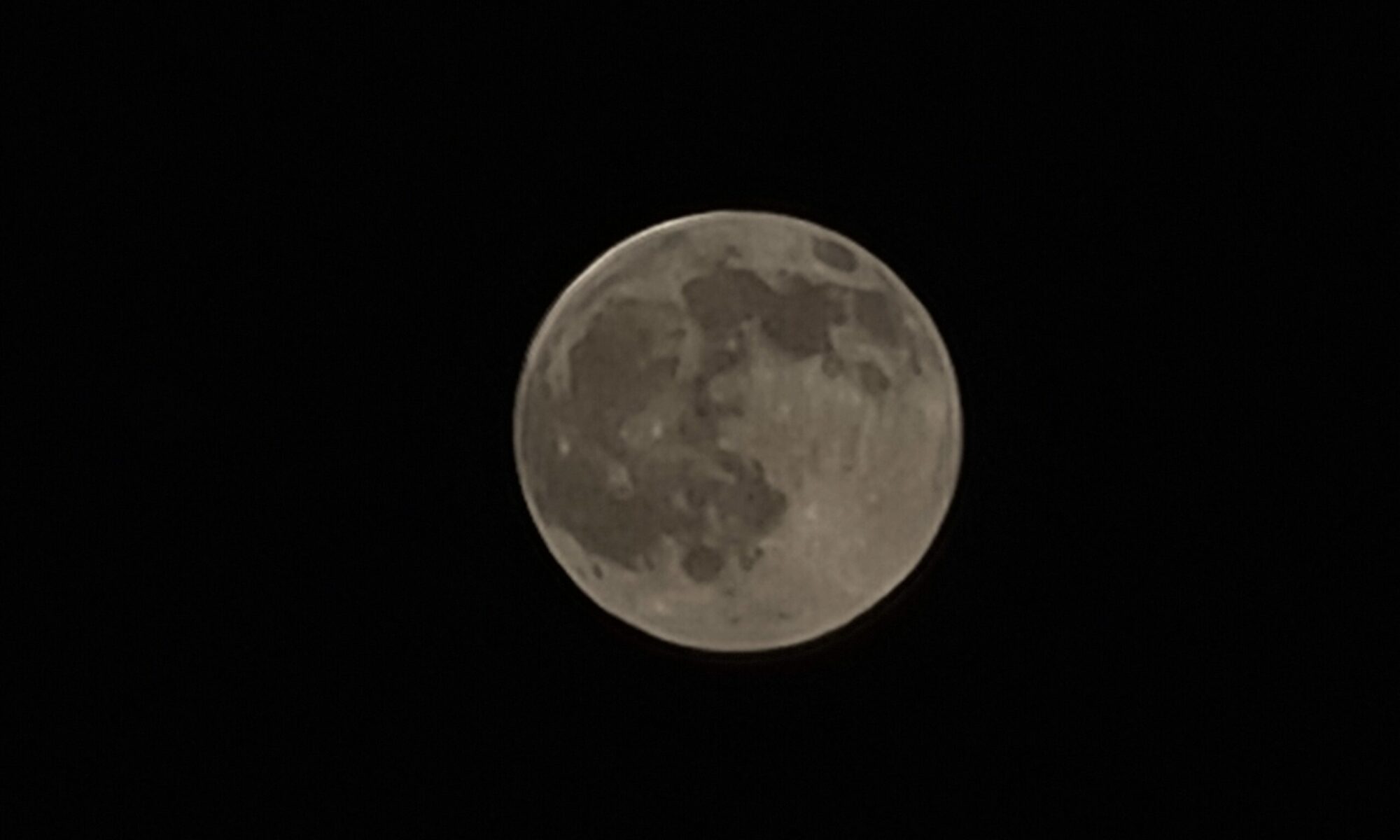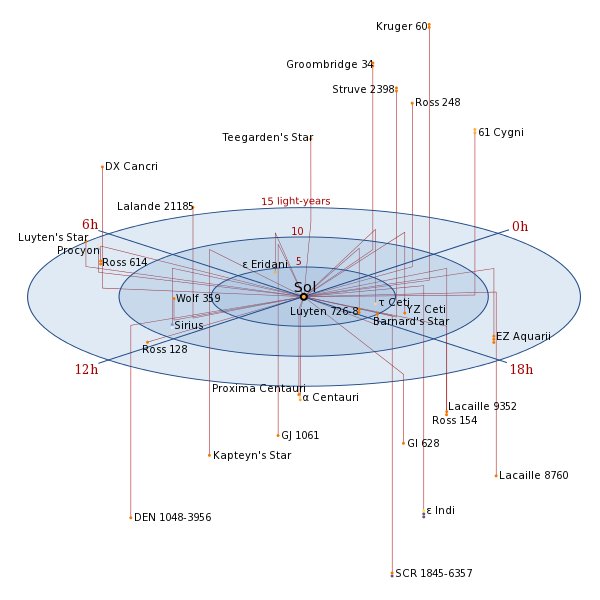I have found that in all the debate about possible life and possibility of an civilization out there. The main problems is that we do not know if the civilization out there is using any radio technology. Even if they do. The question also remains if we get any of there signals to Earth. As the laws of physics say, radio signals can only go so far given certain amount of signal strength in any given radius. This is the complex way of saying that we might not be getting any signals because we are outside the coverage area of the civilization that we are looking at. Some civilization out there might not even be on the radio level technology at current moment. Even if we are there at present time.
I do not know if SETI or related areas have looked at the stars (solstation.com) in less then 20 light years distance from Earth. There have been some speculations on the distance on how far away the signals need to be so they can be detected. But one thing is for sure in my mind. It is almost impossible to detect an radio signal from other civilization if they are using anything remote close to our own technology.
The question on passing ships is an big one. But then an one-off signal should be expected and it might not repeat at all. It is also impossible to know how and often alien ship would travel trough our own solar system.
This is all just questions that are going to be answered one day. But it might take few more decades until it this questions are answered.
Blog post updated at 01:53 UTC on 11.01.2012.

